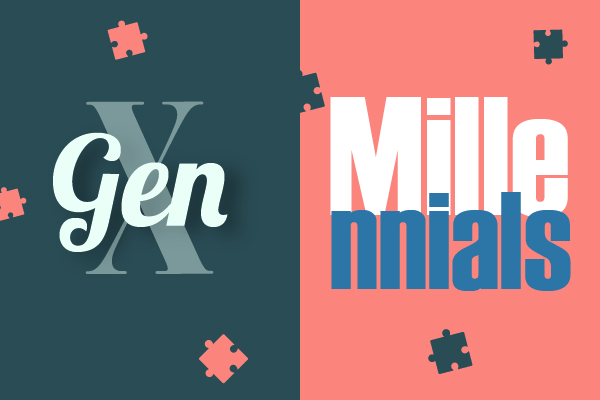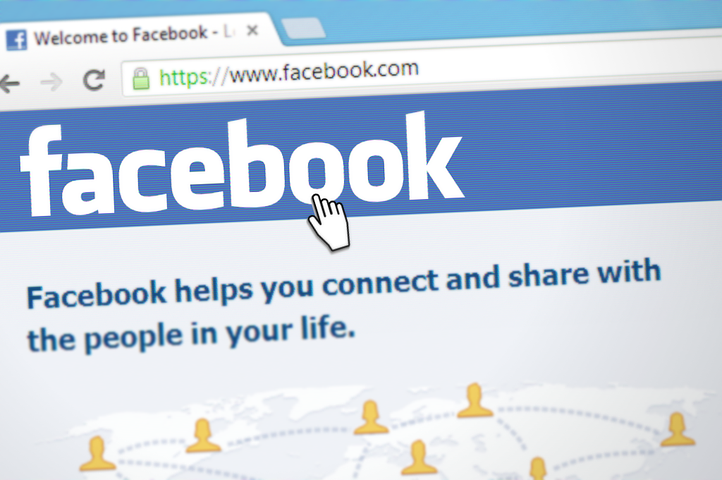Happy Birthday to PSPinc: A Timeline of our History
Jul
2
PSPinc was born in July 1987 on Mercer Island, Washington. Working in his apartment, Ken Uchikura started the business with a vision to introduce U.S. PC software technology to the Japanese market. The Japanese PC market was behind, and Ken believed introducing U.S. tools would help the Japanese PC market grow.
In the late 80s, PSPinc focused on developing tools that would help U.S. companies create “double-byte enabled software” for overseas markets. Chinese, Japanese and Korean are all double-byte languages. English is a single-byte language. Back in those days, multiple languages were not supported on computer platforms in Japan. Ken helped U.S. software companies close this language gap by helping them understand the differences.
In the early 90s, the PC market along with Macintosh started to emerge in Japan, allowing PSPinc to introduce more business and consumer products to the market. PSPinc localized and distributed over 100 products to Japan between 1987 to 2000. Some of those are: Symantec Timeline for DOS, Bungie Software Pathways into Darkness, Marathon, and other titles.
During the 90s, PCPinc also introduced KanjiWORD and KanjiKIT. These products helped non-Japanese Windows software read and write Japanese characters – eliminating the need to buy the additional Windows software in Japanese.
In 1995, PSPinc explored the possibility of emerging into the business of the Internet, which was still very new at the time. We soon discovered it was not cheap to have a server for our business. Therefore, PSPinc innovated and developed the tools and software needed to reduce the hosting costs – launching our first hosting service in January of 1996.
Today, we provide our hosting and web services to over 40,000 businesses worldwide, continuing our (ad)venture of creating better technology for the future.











